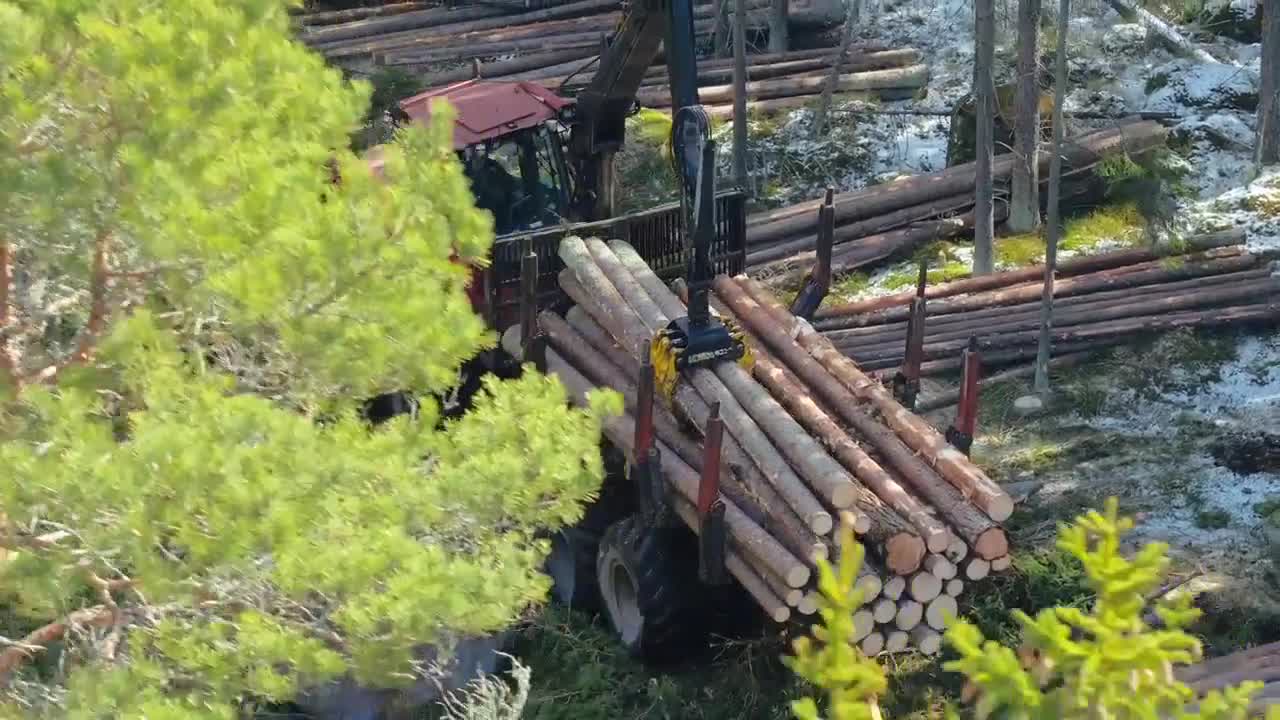KANE COUNTY, Utah — As wildfires have raged in Utah’s forested areas, some political leaders are pushing for what they say is a way to cut them down... by preemptively cutting down some trees.
"Clear-cutting gets a bad name. Like you think of a bald mountain with just nothing there, but you know, careful and strategic clear-cutting in conjunction with leaving some kind of standing trees can actually exponentially increase wildlife," explained Kane County Commissioner Celeste Meyeres.
Smoke from the Dragon Bravo and White Sage fires across the border in Arizona that closed the Grand Canyon North Rim for the summer blew into areas that Meyeres' represents.
The commissioner has joined with representatives from Beaver, Garfield, Iron, Kane and Washington counties on a joint resolution that pushes for more tree removal, balanced with maintaining conservation in other areas.
Utah's wildfire season has been bad, not for the reasons you think:
"What we're really pushing for is a balanced approach, not taking every single tree but maybe returning to some prior densities," Meyeres explained.
During the Forsyth Fire in Pine Valley, officials, including Gov. Spencer Cox, said earlier removal of some older trees played a role in keeping the fire from burning more than 13 homes
"The forest treatments that we are doing absolutely work, and we need more of them," said Cox. "We know this. We've been preaching it for years. The federal government believes it now, which is good news.
"We need more logging. We need more grazing. It's not destroying the forests at all. It's making the forests healthier, and it's stopping these catastrophic fires."
Last week, the Trump Administration announced that it’s rescinding a 2001 rule that restricts logging and road building across 30% of national forest lands, including 8 million acres in Utah.
University of Utah researchers study effects of wildfire smoke pollution:
But ecologist Chad Hanson, the co-founder of the John Muir Project, said it’s a myth that forest mitigation prevents wildfires.
"The most current research is telling us that the speed of fires is the key factor," said Hanson. "And the one thing that almost all the science agrees on now is that removing trees from forests increases the speed of fires, typically by a large degree."
Hanson said the real solution is making sure homeowners create defensive space around their homes and make those residences more fireproof in wildfire areas.
Meyeres says there’s room for both.
"I think we need to take a fresh look at it," she said. "Try to maybe step away from, you know, 'I'm right. I'm absolutely right and everyone else is wrong.' And step away from this thought that there's got to be winners and losers. Let's go for a win-win."




